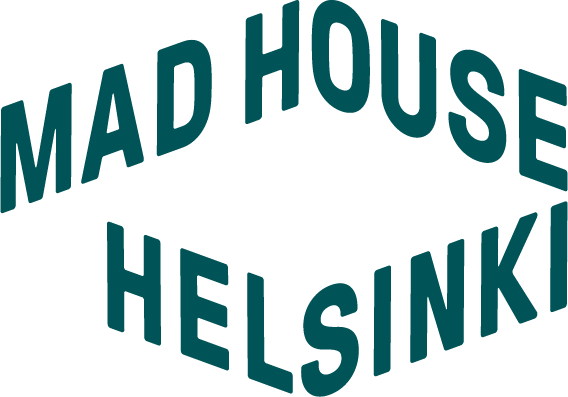Interview with Remi Vesala
Mad House: what is the showroom concept based on?
Remi Vesala: showroom evolved from an invitation to curate a show of moving image works for Mad House. showroom is the name of an event concept that is specifically based on moving image art and short film. What showroom is or will be is still partly a mystery to me.
The main idea behind showroom is its name, which combines two basic curatorial concepts: display and space. Detached from the commercial context, the name came to life. The showroom is filled with things to look at, perhaps touch, experiment with. It is a space where things are encountered. the showroom is also a space of imagination and transformation.
MH: How was the selection of the evening's work chosen?
RV: The works for this evening are selected through a very long process. Initially, I set out to explore queer horror, as the art of autumn and the darkening evenings would be a good time to gather and watch horror together. Finding the works themselves proved to be an interesting and at the same time difficult task.
The selection process involves hours of background work, searching, viewing and communicating with the artists. Various archives, such as the Otherness Archive, which focuses on queer film, have been tools that have made the work easier.
The works themselves were ultimately selected through processes that are difficult to articulate, such as intuition - and the constant questioning of one's own intuition. Which works are performed together matters a lot. Like a magnet, they also draw meanings from each other.
MH: In the evening's presentation, you write about different ways of looking and listening. Do you want to open this up somehow (in advance)?
RV: This also relates to what I hope the showroom will be now and in the future. It's screening, but it's also many other things. I think that watching is also about what you can't see, and listening is about what you can't hear. The conditions for watching and listening become more central.
I also wanted to challenge a little bit how to present moving image works without taking away from them. I thought a lot about what happens before we look at the screen, and what happens afterwards? How does the presence come back into the space and where and how can you process what you have just seen.
MH: Now the showroom will be part of the Baltic Circle Festival in addition to Madi. What does it mean to you to curate a moving image screening in the context of contemporary performance art?
RV: It's a specific context, of course. On the other hand, film and performance are very often intertwined. Also, one of the video works in the showroom is originally a stage work, now re-imagined in a cinematic form.
the showroom will also include performance elements, such as a live musical performance by Niña Sombra. In general, I wanted to think more about the way the works are presented, about gathering around the works. The flow and transitions of the whole event. In performance art, the immediacy of the situation is its advantage, the audience and the performer share the space. The resources, such as time and concentration, are often allocated to performances in a different way than, say, a video work in a gallery space. I would also like to see more presence in the moving image.
MH: Can you tell us something about your relationship with queer horror?
RV: My relationship with horror is timid, but very curious!
I admire filmmakers who can harness different areas of horror in their work. In good horror content, they are able to create situations in which you can project your own fears - horror suggests, but doesn't always show. Horror can be a physical experience.
What we think of as horror is terribly political. It speaks of society's normalised values and taboo subjects.
There are no traditional horror films in this screening at all. The themes of the horror genre are all the more present. I have reflected on many elements associated with horror, such as alienation, alienation (from oneself or others), temporal distortions and the transformation of being and bodies.
Queer horror comes to the fore here, as many elements that are perceived as horror can be related in one way or another to the lives of queer and trans people. Living with the experience of being otherized or alienated transforms much of the perception of horror and its relationship to mainstream horror themes. In queer horror, I feel it is important that we can write our own monsters.
Maybe in the next showroom we will dive even deeper into queer horror!

